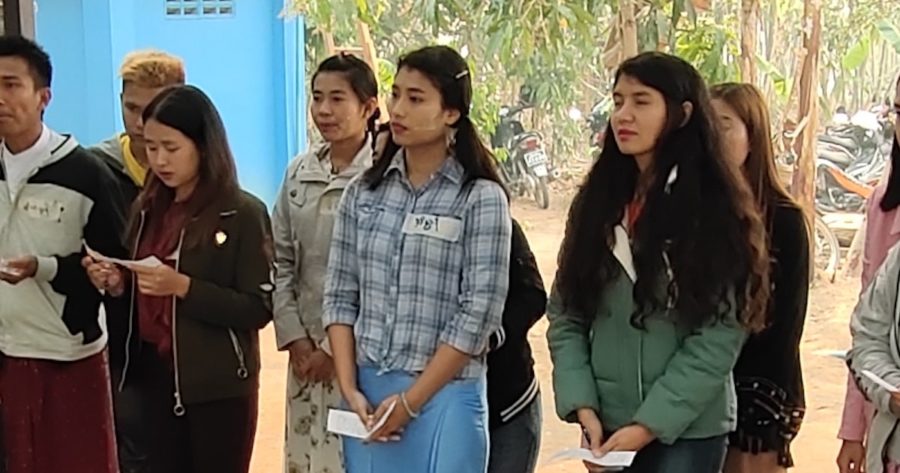The purpose of this Gender, Age and Disability Inclusion (GADI) study conducted in Monghsat and Mongton districts of eastern-Shan State is to provide nuanced insights into current gender roles and -relations and into current patterns of inclusion, engagement and care of elderly, people with disabilities and the youth in families and communities. Several commonalities in understandings of gender roles and relations and attitudes towards elderly and people with disabilities among ethnic Shan, Lahu and Akha groups were identified and repeatedly confirmed by key informant voices throughout this research.
Gender concepts are socially constructed and derived from traditional beliefs and customary practices that remained intact and relevant for the people over many generations. Traditionally, men are customarily taking up productive roles while women first and foremost occupy the realm of repro- ductive and domestic work force, including voluntary community involvement. Although men are not described as dominant rulers anymore, men still hold the position of “the head of the HH” and making family decisions with concern to communal affairs is the domain of men. The female domain requires women to provide ‘passive’ support in political com- munity participation and to function as active supporters in all domestic responsibilities.
Elderly people who are generally not supported by children or family members do encounter elderly care shortages. Generally, it can also be said that elderly people often perceive age as meaningless, particularly when they are not part of traditional customs and festivals anymore. Religious institutions try to compensate for some elderly care shortcomings by “paying homage” and providing occasional attention (home visits) to elderly people. However, the existence of elderly is often far from a life that enjoys adequate social inclusion.
The key research data on disability and people with special needs revealed that the understanding of ‘impairment’ and ‘disability’ and the ability to distinguish between the two is considerably low. As long as people with special needs are able to participate in productive lives and to contribute to the economics of their families, they remain integrated. However, as soon as they don’t comply anymore to cultural expectations in terms of productive contribution to the community, they are treated by the ‘charity approach’, which means that people with disabilities become passive recipients of care or occasional gifts from outside.
| Gender, Age, Disability Inclusion - Eastern Shan Myanmar | 1.55 MB | Download |
